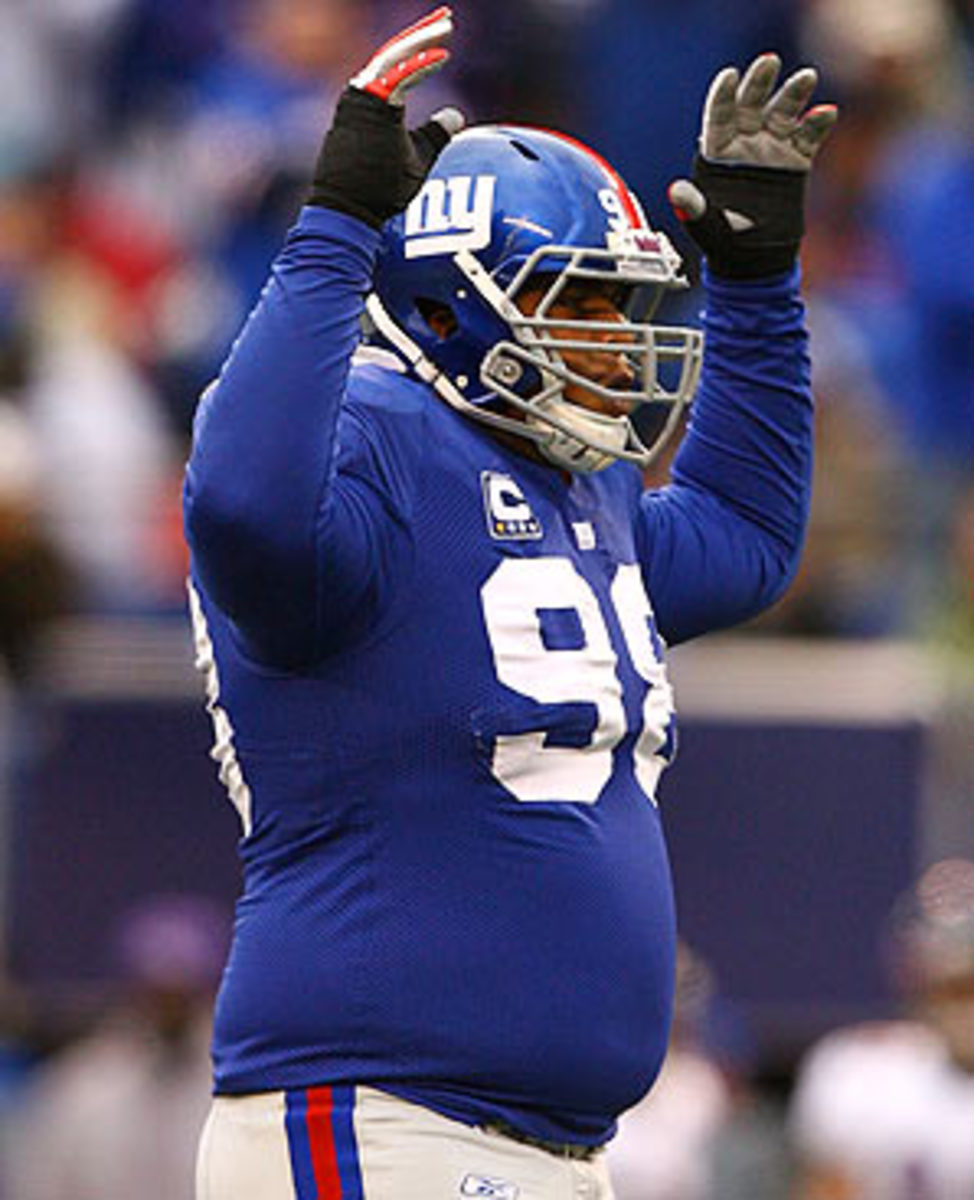Free agency all about familiarity, but that's not always good thing
There's a running theme so far in free agency -- familiarity. Everywhere you look, players have been reuniting with former coaches.
It started in Detroit, where defensive end Kyle Vanden Bosch will once again be working with Jim Schwartz, andnew teammate Nate Burleson will be a big part of Scott Linehan's game plans on offense. Vanden Bosch played under Schwartz in Tennessee until 2008, and Burleson had his best season in 2004 while working for Linehan in Minnesota.
But it wasn't just Detroit. Tight end Brandon Manumaleuna is back with Mike Martz, in Chicago (both were once in St. Louis); Seneca Wallace will enter the quarterback mix in Cleveland, where his ex-Seahawks coach Mike Holmgren is running things; and Fred Robbins will fill a need on the Rams interior defensive line for his old Giants coordinator Steve Spagnuolo. Then there's Antwaan Randle-El, who after a four-year stint in Washington, returns to the Steel City, where his former wide receiver coach, Bruce Arians, is now calling the plays.
This is not unique to 2010, mind you. Every year free agents get acquired by teams that have a certain level of familiarity and comfort with them. Take last year.
Spagnuolo's first big move on defense in St. Louis was bringing in safety James Butler from the Giants, a signing that didn't have nearly the impact the Rams were hoping. Conversely, Rex Ryan brought Bart Scott, Jim Leonhard and Marques Douglas with him to the Jets from the Ravens, and all three were key contributors to the best defense in football. And, of course, Minnesota famously landed Brett Favre, reuniting him with his former quarterbacks coach Darrell Bevell, now the Vikings offensive coordinator.
The pros of bringing in players like this are obvious. Like in any other industry, coaches want to work with players they know, so that they won't have to worry about things like the player's work habits or what type of guy he will be in the locker room. It also makes for a very smooth transition schematically. Not only does he know the verbiage and the specific plays, but also the nuances. Sometimes it can take a new player months to really feel comfortable with the subtle differences that can make a complex offense or defense successful.
More than anything else, coaches want to have a reasonable expectation of what a player can and can't do because they can game plan around certain strengths or weaknesses as long as they have a solid understanding of exactly what they are.
But what if the player is no longer what he once was? This is a common problem. Players change, whether because of injury or father time slowing them down. The coaches may be remembering the player from yesteryear, like a young Randle-El, while the scouting director who watched him play the previous season may no longer think he still has the quickness that made him a good player in the first place. These are the discussions teams need to have so that they're not investing money in players no longer capable of performing the way they once did.
I know a little bit about this because I experienced it firsthand, albeit on a much lower scale from an investment perspective. During the 2007 offseason, I had a couple of former teammates and coaches talk to Redskins head coach Joe Gibbs and the upper management about signing me to come in and compete for a backup job along the offensive line. They all told the Redskins decision-makers that I was better than any of the backups currently on the roster.
Though I still felt like I was good enough to contribute, the truth is I was no longer the player I was in 2002-03, when I played either alongside those players and for those coaches. I had undergone a serious back surgery in 2005 and was not quite as explosive out of my stance as I once had been, which is saying something because I probably wasn't all that explosive to begin with.
With that in mind, I plan to keep an eye on Vanden Bosch and Robbins. Vanden Bosch is a warrior who has always played the game the right way and is well respected throughout the league. The problem is his relentless style tends to age players faster than normal. He has already shown significant signs of slowing down, with just 7.5 sacks over the past two seasons combined. I think it is very doubtful the Lions will get the kind of production they're hoping for when they signed him to a four-year, $26 million deal with $10 million in guarantees. He simply is not the same player he was for Schwartz in Tennessee between 2005-08.
The Rams' contract with Robbins appears to be much safer, as the big defensive tackle can earn up to $12 million over three years, but only if he hits a number of incentives. Still, the chances of him being the player Spagnuolo remembers from 2007-08 appear to be remote. Robbins had microfracture surgery after the 2008 season and was clearly not the same in 2009. The Rams, clearly, are hoping that being a year removed from surgery helps him get back to being the player he was. You have to think that is pretty unlikely for a guy who will turn 33 later this month.
The fact that a lot of these moves don't and won't pan out doesn't mean the free agent familiarity will slow down any time soon, however. With Jarvis Green recently signing with Josh McDaniels in Denver and reports linking Laveranues Coles to the Jets for a third time, this trend appears here to stay.






